Among the chaos of the pirate raid, seven young women fled for their lives. With nowhere to hide on such a small island as this, they decided to jump to their death in a well to preserve their purity. Legend has it that seven beautiful trees later grew on this spot, as their souls were born anew. Today, a plaque on this spot marks the Seven Beauties Tomb, and the island on which they lived has been named in their honor: Cimei Island (七美, literally “Seven Beauties”) in the Penghu archipelago.
Though rampant piracy is no longer a feature of everyday life here, it is easy to imagine why it was such a hotspot for piracy in the past. The island is little more than a large rock protruding from the Taiwan Strait. Standing on its shores, one sees vast, empty ocean all around, punctuated only by a few even smaller rocky islands in the distance to the north. It is one of Penghu’s most remote inhabited islands, and residency here was even banned for a time during the Qing Dynasty.
In the last century, however, a strong economy tied to the ocean developed. More recently, the island has fully embraced tourism and a visit here, whether for a day trip or an overnight, is remarkably easy to arrange. Cimei is at its most beautiful in the summer, when calmer winds prevail and the carpet of vegetation covering the island turns a vivid green from the spring and summer rains.
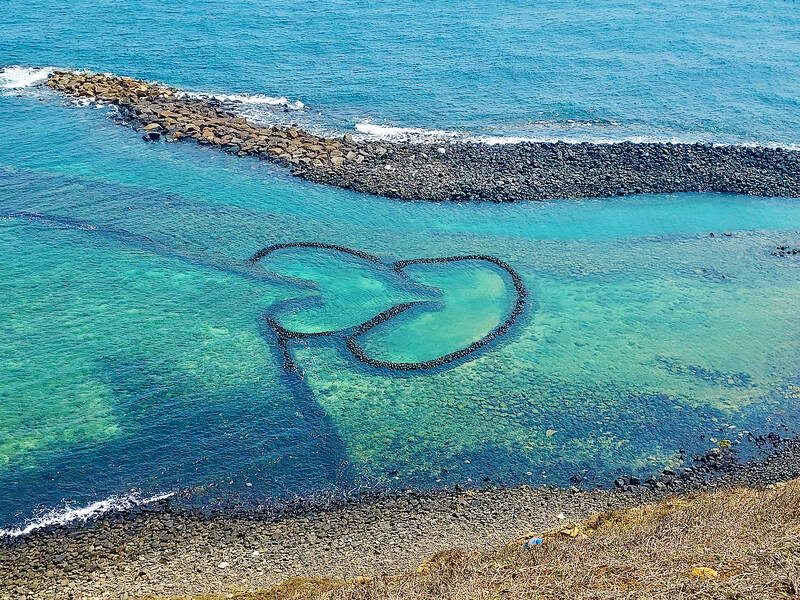
Photo: Tyler Cottenie
A WHIRLWIND TOUR
The majority of visitors end up arriving on Cimei by boat from Magong and zipping around the island once to visit all the main sites within about three hours. For those with more time on their hands, an overnight stay is very pleasant as the island quiets down a lot after the last of the tourist boats leaves in the afternoon. It is also quite feasible to walk or cycle around the island in a single day (or two) instead of going by scooter. For longer stays, ferries run daily from Magong and from Kaohsiung once or twice a week.
Heading clockwise from the main ferry port, you will pass by the Cimei airport. Daily flights also arrive here from both Magong and Kaohsiung, with multiple flights scheduled on busier days. Daily Air runs these flights on Twin Otter aircraft, the same kind that service Green Island and Orchid Island. This is a great option for those in southern Taiwan who don’t want to visit Magong at all, or for those who get seasick easily.
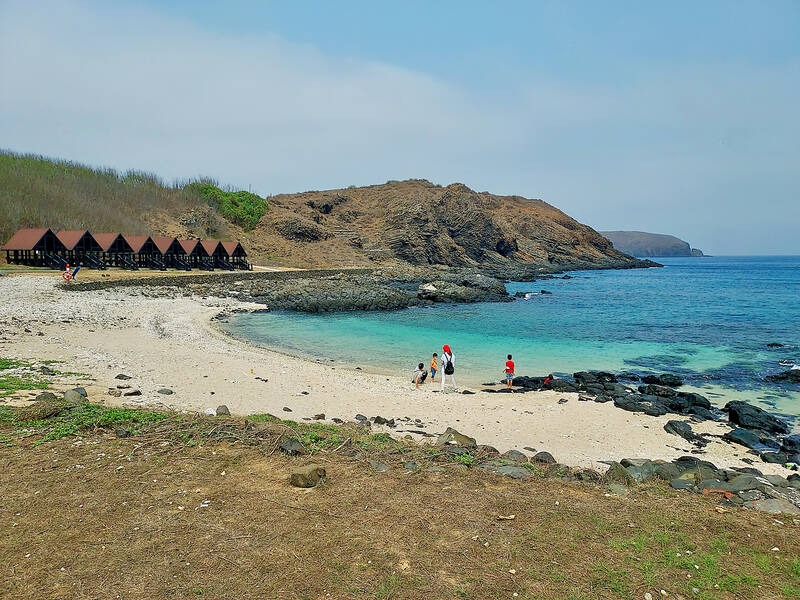
Photo: Tyler Cottenie
Continuing clockwise past the airport, the landscape turns a little bleak. Abandoned abalone aquaculture ponds lie empty along the shore. An abalone museum nearby also appears abandoned. In the same area is a site where archaeologists discovered a 4,000-year-old stone tool-making site. Unfortunately, there are no informative signs or artifacts on display here and it appears to be nothing but barren rocks to the untrained eye.
Entering the village of Sihu (西湖村), however, is anything but bleak. Bright splashes of color permeate the village in the form of paintings on the exteriors of its buildings, rainbow stripes on the elementary school’s entrance gate and more. The buildings are modern, but the vegetable gardens in between them are still in the traditional Penghu “caizhai” (菜宅, literally “vegetable residence”) style, with high walls of stacked rocks on the windward side to protect delicate plants against the fierce winter winds.
Beyond the village is a religious area unlike any you’re likely to see on Taiwan proper. A Buddhist temple, a Christian church and a Taoist temple, all with similar exteriors, sit side by side atop a cliff. Next to them is a cemetery with typical Taiwanese-style tombs, but arranged in orderly, straight rows with walkways in between, as is more common in the West. Continuing clockwise from here is where you are more likely to run into crowds.
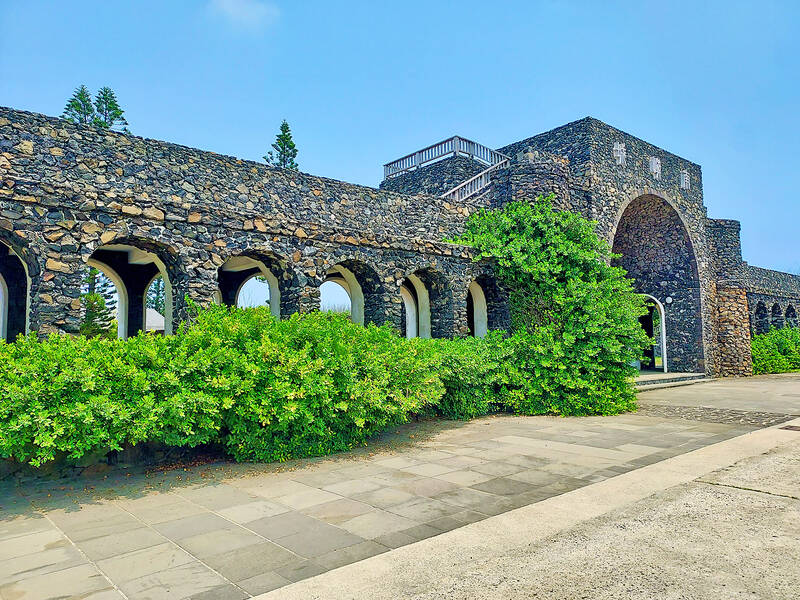
Photo: Tyler Cottenie
TWIN HEARTS AND OLD LAVA
All along the east coast are the must-see scenic spots for tour groups. The most famous is of course the twin-hearts stone weir. Fishing weirs are spaces in shallow water enclosed by a wall of stones with only a small entrance on one side. Fish swim in through the entrance but have a hard time finding their way out again, making it easier for people to catch them. In 1937, local fisherman Yan Gong rebuilt a typhoon-damaged weir and added a second chamber to increase its effectiveness. The chambers happened to be roughly heart-shaped and — fast-forward to the 21st century — the clifftop view of the stone hearts in Cimei’s blue waters has now become a major attraction.
There is a visitor center here with washrooms, food vendors and gift shops so expect crowds and tour buses. One item worth sampling that grows well in Cimei’s climate is ice plant. It is a crunchy leafy plant covered in innumerable small, round, clear bladder cells that look like ice crystals or water droplets. It has a slightly salty flavor on its own, while the sauce made of local cactus juice adds a hint of sweetness and a splash of color.
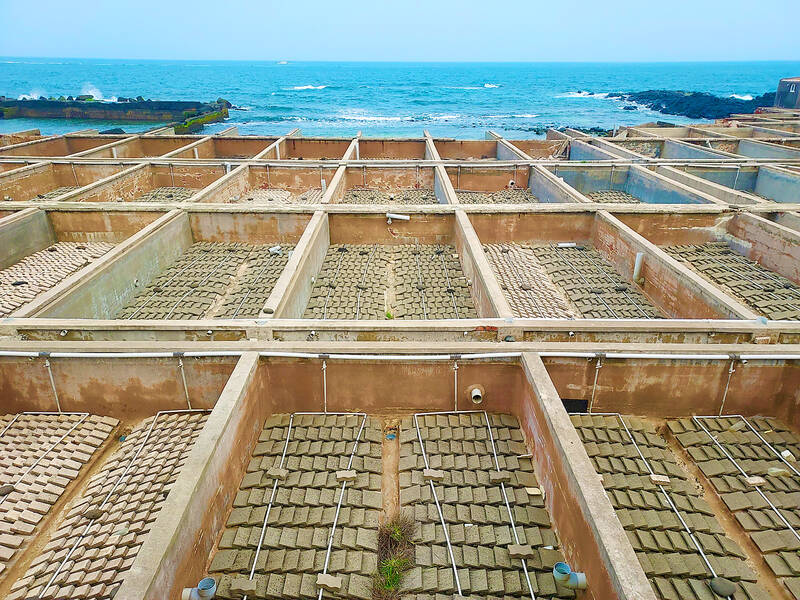
Photo: Tyler Cottenie
Continuing down the coast, there are multiple stops with views of imaginatively-named rock formations like Little Taiwan, the Great Stone Lion, Crocodile Rock and the Sleeping Cow. You’re not missing much if you don’t snap a picture of all of these, but Xiaxiang is worth the short walk down the stone staircase to the beach. It is a small bay with impressive columnar basalt cliffs on either side. The lava that formed the Penghu islands cooled into these hexagonal structures, now made easily visible by sea erosion.
CORAL AND A CASTLE
Further down the coast is Cimei’s nicest swimming beach, Yueli Bay (月鯉灣). In front of the white sand beach there is a large pavilion with benches and shade, and off to one side there is a row of attractive wooden gazebos that can be used for camping. Public washrooms with showers are also on site. There is some decent snorkeling here as well: straight out from the beach there is an abundance of coral. Equipment rentals are available at a shop just up the street.
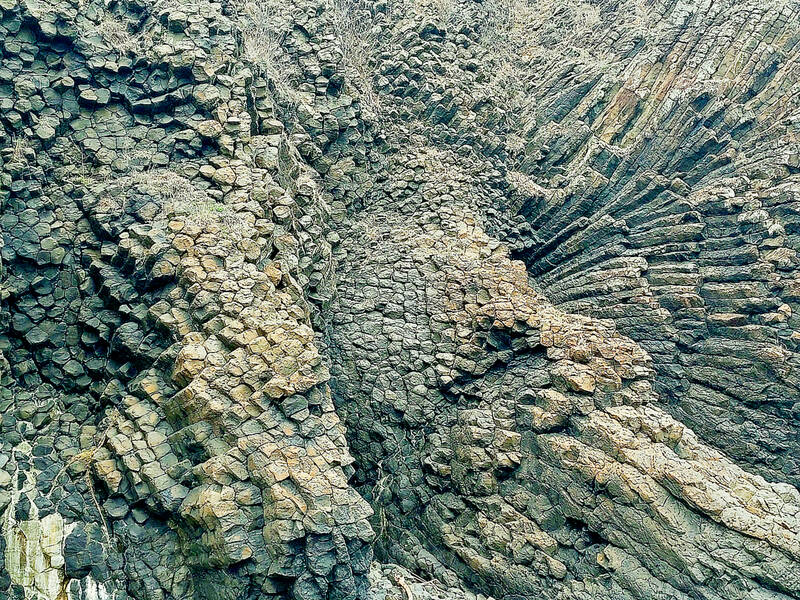
Photo: Tyler Cottenie
Slightly inland from the beach is an unusual property, the Nanyu Castle (南嶼城). The first Han settlers to arrive here after the Qing residency ban came from the neighboring Wang-an Island (望安島). Among them were the Chen family, whose descendants built the Nanyu Castle to commemorate the hardships their ancestors endured living out at the edge of civilization under the constant threat of piracy. The castle is actually just a garden with walls; there is no roof or indoor space. However, the property is well manicured and photogenic, albeit rather one-dimensional; a fifteen-minute stop will probably suffice.
From here, you can return to the coast and finish your clockwise tour of the island, passing by the Cimei Lighthouse — the last lighthouse in the country built by the Japanese — and the Seven Beauties Tomb, where the island’s namesakes committed suicide. Alternatively, from Nanyu Castle, you can head straight over to the main port, where you can grab some fresh seafood before catching your boat to Magong, Kaohsiung, or the next destination on your island-hopping tour.
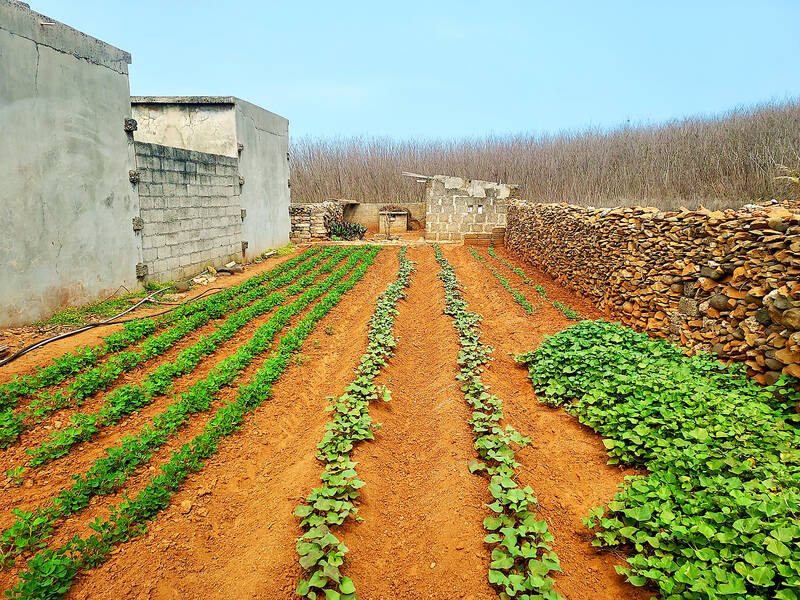
Photo: Tyler Cottenie
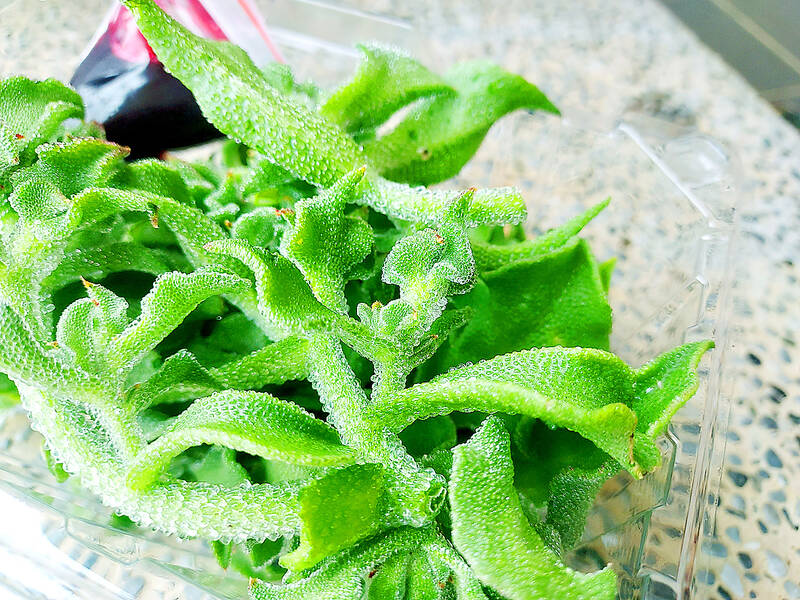
Photo: Tyler Cottenie